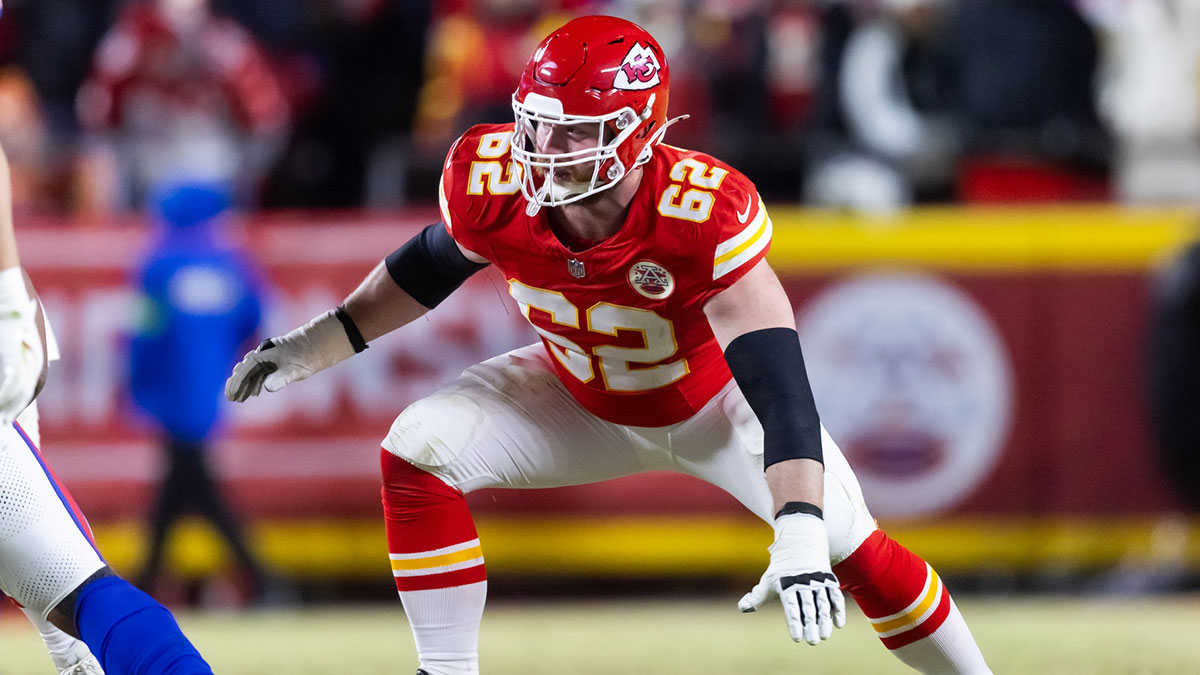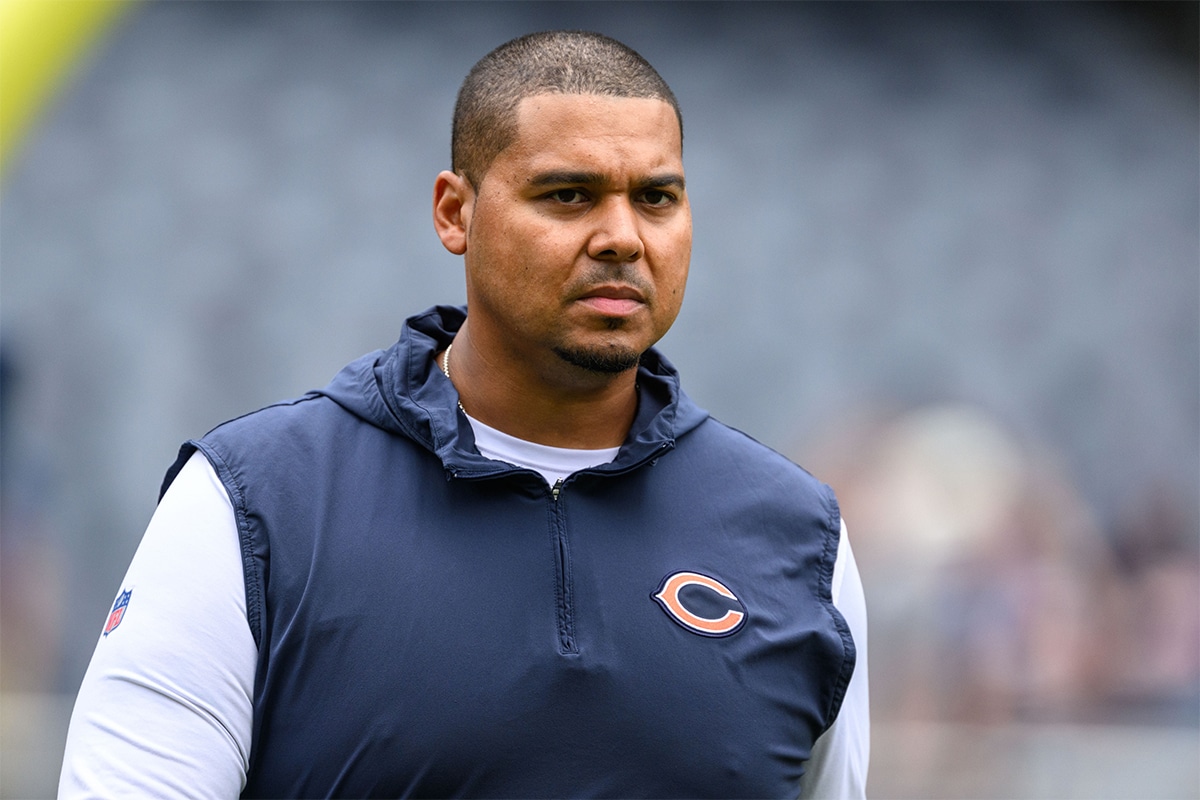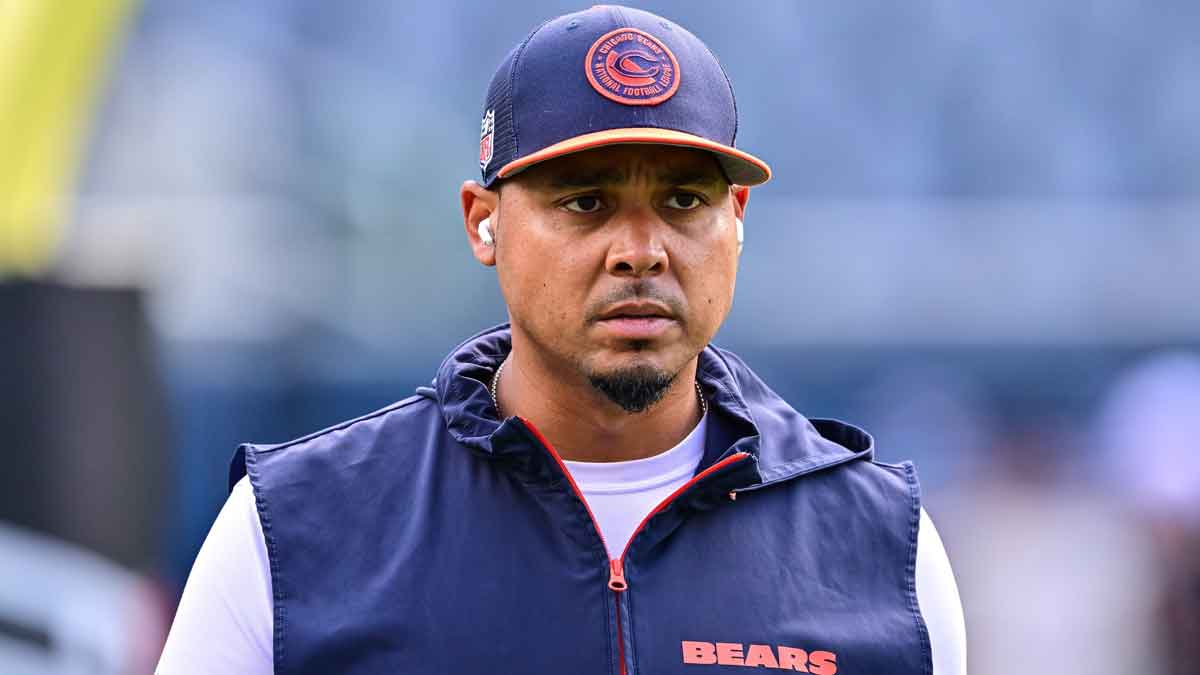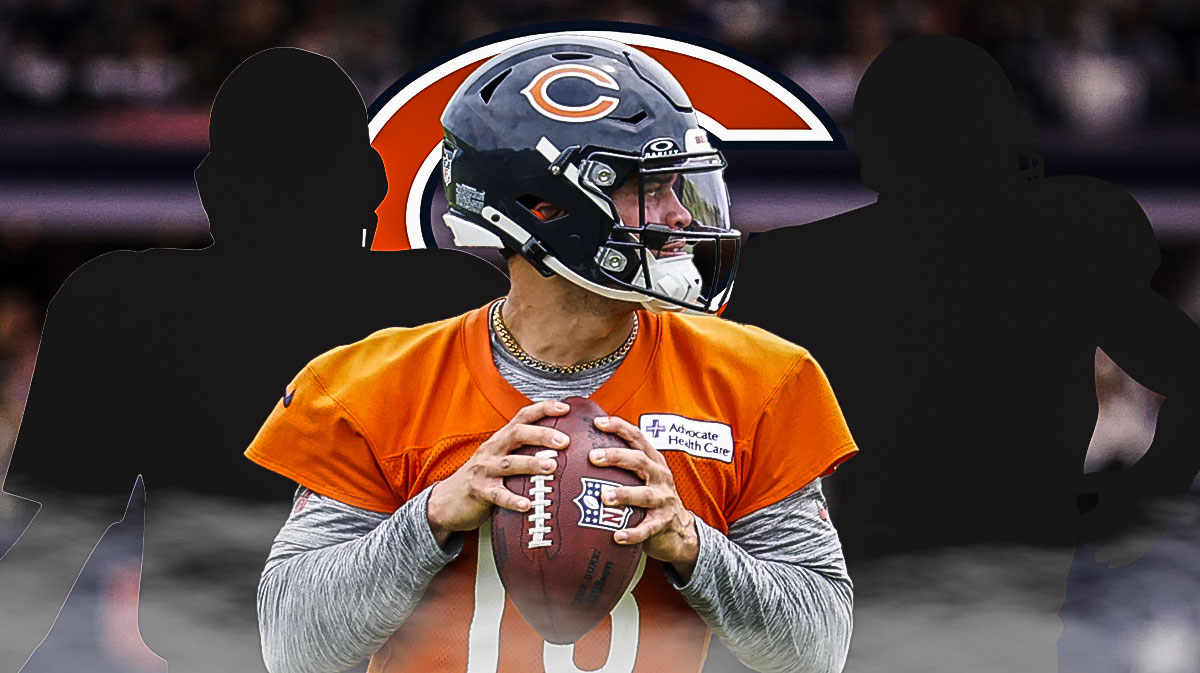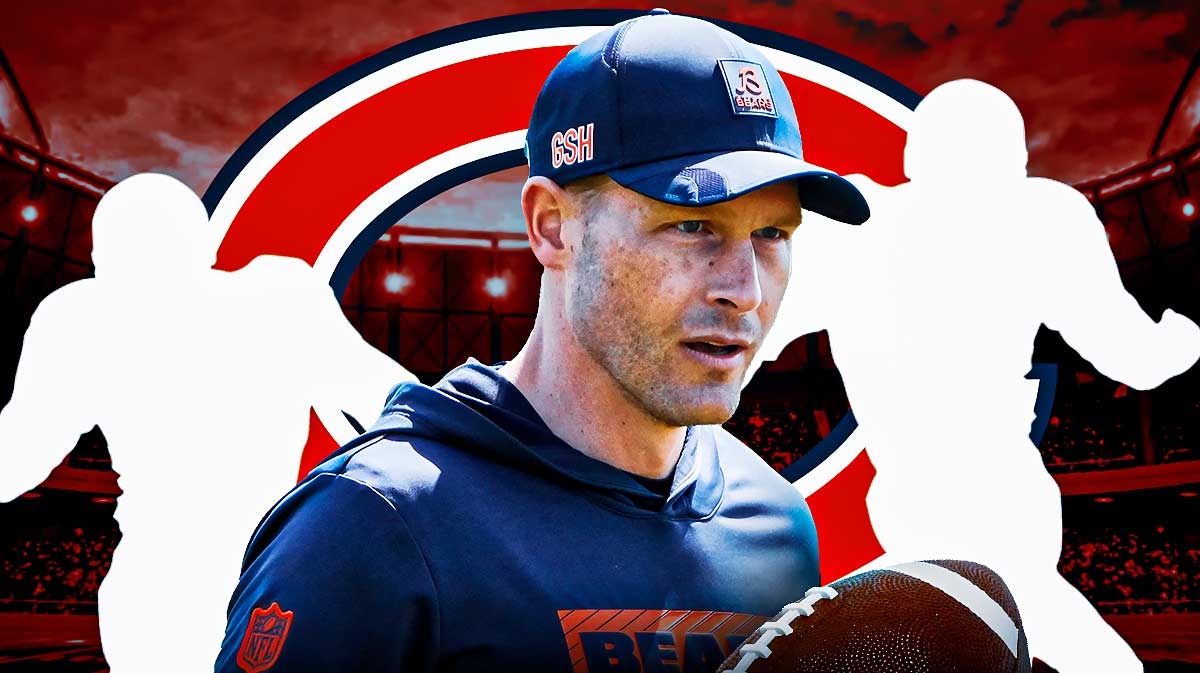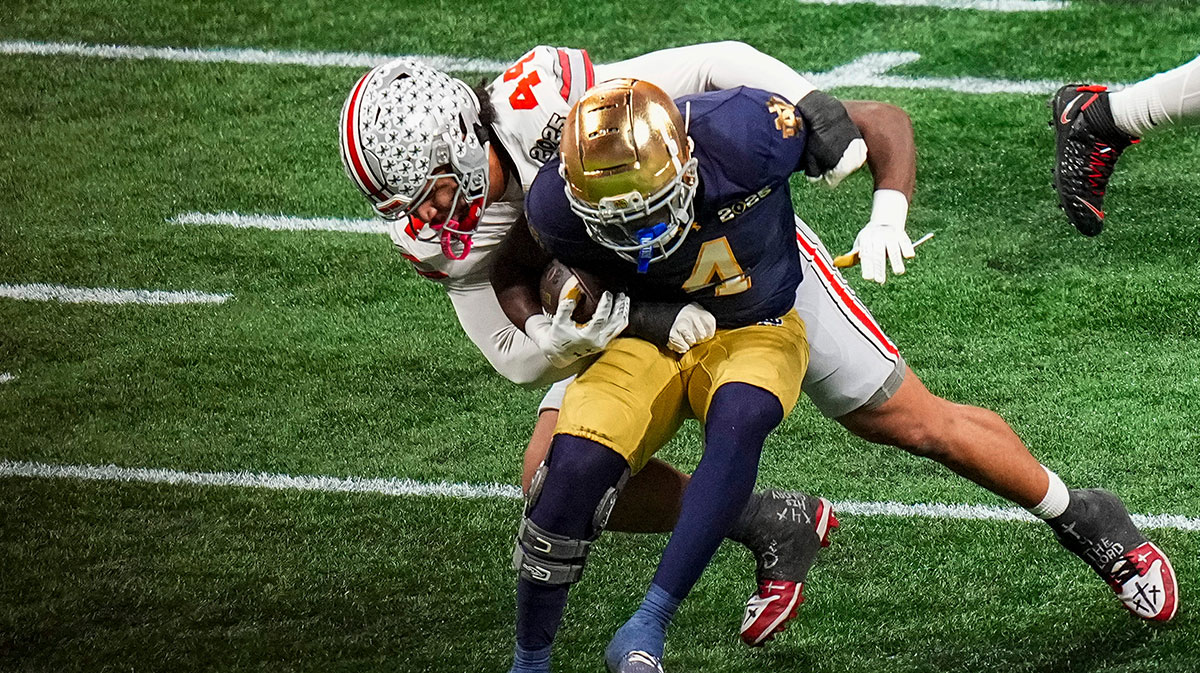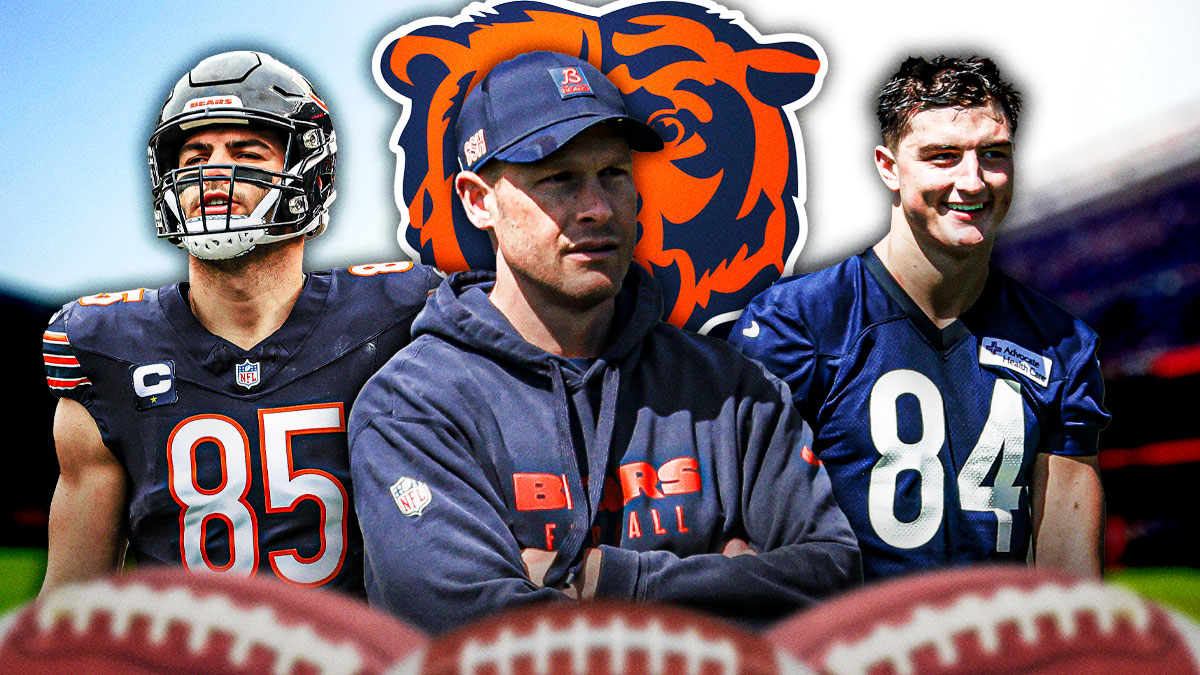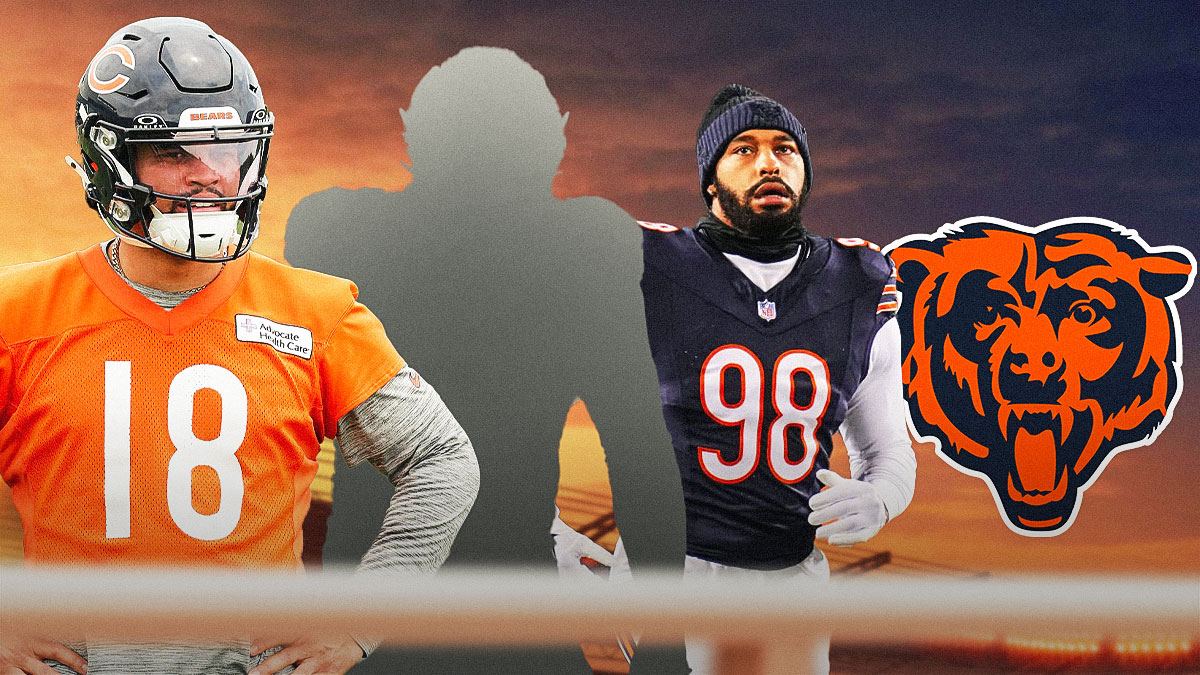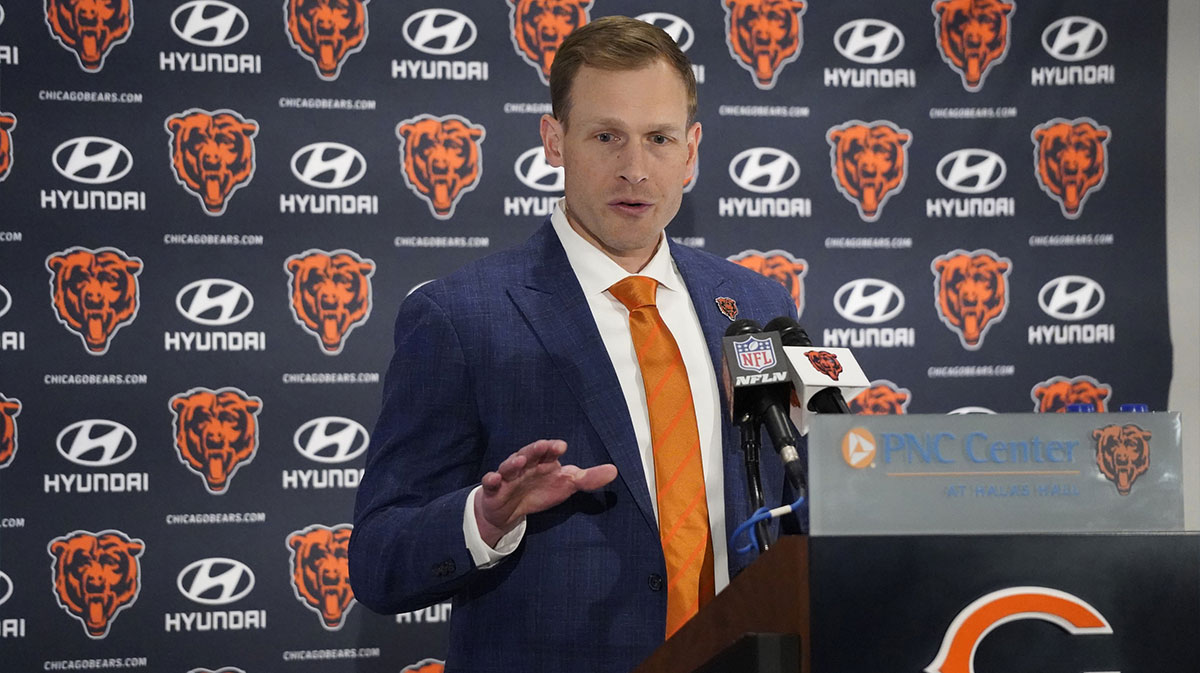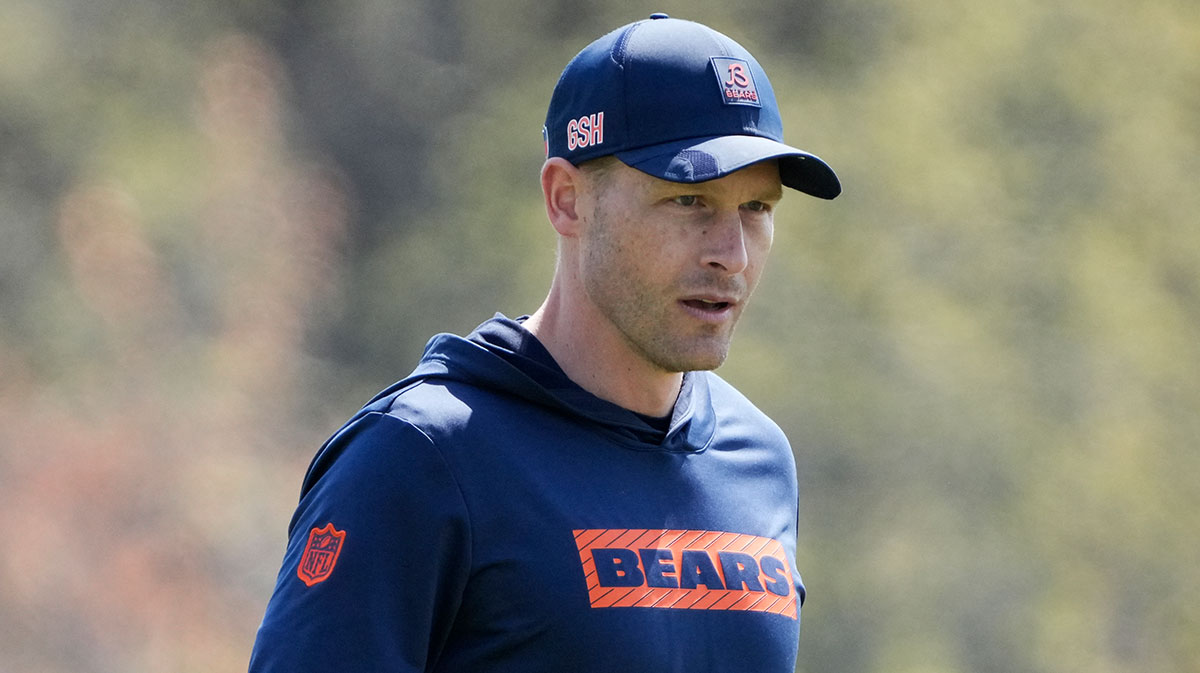The NFC North (Chicago Bears, Detroit Lions, Green Bay Packers, and Minnesota Vikings) looks to be one of the most competitive divisions in the NFL this season, and that is thanks in large part to the drafts of the four teams within it.
4. Minnesota Vikings

Round 1 pick 30 – Mike Hughes, CB, Central Florida
Round 2 pick 62 – Brian O'Neill, OT, Pittsburgh
Round 4 pick 102 – Jalyn Holmes, DE, Ohio State
Round 5 pick 157 – Tyler Conklin, TE, Michigan State
Round 5 pick 167 – Daniel Carlson, K, Auburn
Round 6 pick 213 – Colby Gossett, OG, Appalachian State
Round 6 pick 218 – Ade Aruna, DE, Tulane
Round 7 pick 225 – DeVante Downs, LB, California
If it's possible, last season was a disappointment for the Vikings. After going 13-3 and pulling off one of the most miraculous playoff victories in NFL history, Minnesota was pounded by the eventual Super Bowl champion Philadelphia Eagles in the NFC Championship Game, 38-7. QB Case Keenum is gone, replaced by Redskins' Pro Bowler Kirk Cousins. The Vikings have Super Bowl aspirations this year, and anything short of a championship will be another disappointment.
Hughes is an interesting pick because he likely won't start. Xavier Rhodes is penciled in as the #1 CB, with former first-rounder Trae Waynes opposite him. Hughes could play quite a bit at slot corner, but he is most likely Waynes' replacement. Hughes should get a starting role next season if Waynes is gone, unless the Vikings pick up his $9 million option.
O'Neill is one of the most athletic tackle prospects to enter the league in recent years. Pittsburgh lined him up at tight end just to allow him to use his gifts more. Riley Reiff is a decent left tackle, but O'Neill can be far better. However, it may be a while before he reaches his potential, as he needs to improve his technique and add more strength.

Holmes was a rotational player at Ohio State, never carving out a consistent role. That would usually be a sign that a player isn't significantly better than his competition and indicate that he's probably not NFL material. But Ohio State has fielded the best defensive line in the country for years now, so Holmes can't be blamed too much for failing to distance himself from his peers. He is not a great pass rusher, but if he can get stronger, he should be an excellent run stopper. With Everson Griffen and Danielle Hunter providing pressure on the QB, Holmes can be free to focus on playing the run.
Since the Tampa Bay Bucaneers drafted Roberto Aguayo in the 2nd round in 2016 (and then cut him a year later), teams have shied away from taking kickers high. Last year, the Cincinnati Bengals took Jake Elliot in the fifth round but cut him before the season started. Zane Gonzalez was taken a few picks later by the Cleveland Browns and had a tough rookie season.
Carlson may end up being the best player out of the four. In college, he converted every single one of his 198 extra point attempts and knocked down 92 of his 114 field goal tries. Kicker is a sore subject in Minnesota (cough, Blair White, cough), but perhaps Carlson can shore up the position for the next decade.
The Vikings' draft wasn't bad, but it doesn't seem like it will provide enough of an impact right now for a team trying to win a Super Bowl. Two philosophies seemed to clash in the green room, and it's doubtful that either side came out happy. Minnesota should still be a Super Bowl contender, but if they aren't able to win the Lombardi Trophy, fans will look back at this draft class and wonder what would have happened if things were done differently.
Grade: C+
3. Detroit Lions

Round 1 pick 20 – Frank Ragnow, C, Arkansas
Round 2 pick 43 – Kerryon Johnson, RB, Auburn
Round 3 pick 82 – Tracy Walker, CB, Louisiana-Lafeyette
Round 4 pick 114 – Da'Shawn Hand, DE, Alabama
Round 5 pick 153 – Tyrell Crosby, OT, Oregon
Round 7 pick 237 – Nick Bawden, FB, San Diego State
The two primary reasons why the Lions missed the playoffs last season were injuries and the Minnesota Vikings. 20 players finished the season on injured reserve, and while the Vikings also improved their team, Detroit should remain in the playoff hunt deep into next year.
Graham Glasgow started at center for Detroit last season and was certainly a weak link on the Lions' offensive line. Glasgow will start from day one and drastically improve Detroit's blocking. The Lions haven't had a 100-yard rusher since Thanksgiving Day in 2013, so Ragnow and Detroit's next selection will try to change that this year.
In a deep running back class, Kerryon Johnson was expected to be a late second to early third-round pick, but he vaulted up the draft boards to go 43rd overall. At 6-foot and 215 pounds, Johnson is tall for a tailback. His patient running style is reminiscent of Pittsburgh star Le'Veon Bell, and that's who the Lions hope he becomes. Johnson is rather injury prone, as he has suffered through one hand and two shoulder surgeries in addition to ankle, hamstring, shoulder, and rib injuries at Auburn. If Johnson can stay healthy, he should be the best Detroit running back since…Barry Sanders? Quite possibly.
LSU' Derrius Guice was considered by many to be the second-best running back in the entire draft class, and Guice was on the board when Detroit chose Johnson. That decision could come back to haunt them.

In the fourth round, the Lions took Hand, a former five-star recruit. In college, he wasn't the dominant pass-rusher he had the potential to be, but he still has a chance to reach that potential. At 6-foot-4 and 298 pounds, he has the size to be an excellent run stopper right away. He should get plenty of playing time on Detroit's middling defensive line.
Tyrell Crosby was one of the more interesting storylines throughout the draft. At Oregon, he was an All-Pac-12 left tackle as a fantastic run blocker. His size and strength allowed him to dominate the competition, and that physical difference may have been what caused him to slide all the way to the middle of the fifth round. Crosby needs to play with better technique and must improve his footwork, but he has the potential to be a very good player in the NFL. Taylor Decker and Ricky Wagner are penciled in as the starting tackles, so Crosby will have time to develop.
Detroit's draft started out with about as safe a player as can be found before taking a few risks. If those risks pay off, the Lions could beat out the Green Bay Packers and position themselves for a Wild Card playoff berth.
Grade: B-
2. Green Bay Packers

Round 1 pick 18 – Jaire Alexander, CB, Louisville
Round 2 pick 45 – Josh Jackson, CB, Iowa
Round 3 pick 88 – Oren Burks, LB, Vanderbilt
Round 4 pick 133 – J'Mon Moore, WR, Missouri
Round 5 pick 138 – Cole Madison, C, Washington State
Round 5 pick 172 – J.K. Scott, P, Alabama
Round 5 pick 178 – Marquez Valdes-Scantling, WR, South Florida
Round 6 pick 207 – Equanimeous St. Brown, WR, Notre Dame
Round 7 pick 232 – James Looney, DE, California
Round 7 pick 239 – Hunter Bradley, LS, Mississippi State
Round 7 pick 248 – Kendall Donnerson, OLB, Southeast Missouri State
Aaron Rodgers missed nine games due to a broken collarbone and Green Bay finished a disappointing 7-9 last season. After a trade-heavy draft, the Packers hope that their signal-caller can stay healthy. If he does, they should finish at least as one of the top two teams in the division.
Green Bay originally held the 14th overall pick but traded back with the New Orleans Saints in exchange for 27 and a first-round pick next season. For a Super Bowl contender, this is a fantastic trade. What's even better is that the Packers were able to trade back up to 18 while only giving up a third-rounder. With their new pick, Green Bay selected Jaire Alexander. While slightly undersized, Alexander is incredibly quick, and he plays an extremely physical game. He excels in man coverage against smaller receivers, and in a division with Marvin Jones, Golden Tate, and Stefon Diggs, Alexander should be right at home.
The Packers added the perfect complement to Alexander with their next pick when they snagged Jackson, the FBS leader in interceptions, with the 45th overall selection. At 6-foot-1 and 196 pounds, Jackson has great size for a zone CB, and that's where he played in college. He has excellent ball skills and is able to read a quarterback's eyes very well.

However, if Jackson was a perfect prospect, he would have gone much higher. He only has one season of good tape and he is very slow for a CB in today's NFL. But, playing with Alexander should take some of the pressure off of him, and he should make an instant impact.
In the 6th round, Green Bay was able to draft a first-round talent in St. Brown. At 6-foot-5, he has ideal height for an NFL WR. He needs to add weight to his 215-pound frame, and he does not have much functional strength. Still, with a 4.48 40-yard dash, soft hands, and insane body control, St. Brown has the potential to be an elite #1 WR. Playing with Aaron Rodgers won't hurt, and the Packers' backup QB, DeShone Kizer, was the man that St. Brown caught passes from for his final two collegiate seasons.
Green Bay's 2018 draft class is solid, but the addition of a first-round pick in 2019 was what made this a great inaugural draft for new GM Brian Gutekunst. The Packers may not be better than the Vikings, but they still can take the North.
Grade: B
1. Chicago Bears

Round 1 pick 8 – Roquan Smith, LB, Georgia
Round 2 pick 39 – James Daniels, C, Iowa
Round 2 pick 51 – Anthony Miller, WR, Memphis
Round 4 pick 115 – Joel Iyiegbuniwe, LB, Western Kentucky
Round 5 pick 145 – Billy Nichols, DT, Delaware
Round 6 pick 181 – Kylie Fits, LB, Utah
Round 7 pick 224 – Javon Wims, WR, Georgia
Chicago's two weakest position groups last season were linebacker and wide receiver, so it wasn't a surprise to see the Bears select multiple players at those positions.
Smith was one of college football's best defensive players last year. His speed, athleticism, and coverage abilities made him a nightmare to gameplan against, and he was incredibly disruptive in the SEC. He is a prototypical weakside linebacker in today's NFL, but that's also Smith's fatal weakness.
At 6-foot-1 and 225 pounds, Smith is very small for a linebacker. In college, he was rendered almost completley useless if a lineman was able to get his hands on Smith. Smith's lack of functional strength could be his downfall in the NFL if defensive coordinator Vic Fangio isn't able to hide Smith away from blockers. However, if a player like Danny Trevathan can shield Smith from offensive lineman, he has the ability to be a Telvin Smith-like player, disrupting plays from sideline to sideline.
The Bears already had Cody Whitehair at center, but they couldn't pass up the value that Daniels represented in the second round. Whitehair will move to guard, and Daniels will take over the middle, and with Kyle Long rounding out the trio, Chicago suddenly has a very good interior offensive line. Daniels could have easily been a first-round pick, but the Bears are glad that he wasn't.

Miller is another first-round talent who fell in the draft. Due to a combonation of untimely drops and an injury, Miller was dropping and Chicago decided to trade up for him. He is a tough, shifty playmaker with a knack for making the tough play. At worst, he will be a solid third or fourth option. At best, he is Antonio Brown lite.
The Bears went for depth with their remaining picks, and Wims has the most potential of the late-round selections, as he stands 6-foot-4 215 pounds and ran a 4.53 40-yard dash.
Chicago has its franchise QB in Mitch Trubisky, and their 2018 draft class will help him out, both directly and indirectly. It will be extremely difficult for the Bears to make the playoffs in this division, but they should at least make things very competitive.

